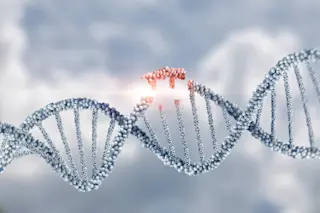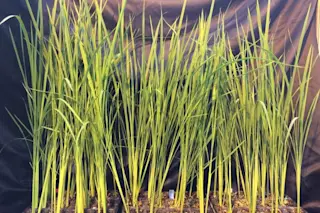Credit: David Shankbone
The more and more I see fine-scale genomic analyses of population structure across the world the more and more I believe that the “stylized” models which were in vogue in the early 2000s which explained how the world was re-populated after the last Ice Age (and before) were wrong in deep ways. I’m talking about the grand narratives outlined in works such as Bryan Sykes’ The Seven Daughters of Eve, the subtitle of which was “The Science That Reveals Our Genetic Ancestry.” If I had less faith in science to always ultimately right its course I’d probably become a post-modernist type who asserts that all these stories are fictions. Sykes’ model in particular seems to be very likely incorrect because of the utilization of ancient DNA to elucidate population movements past in Europe. From what we can gather it looks like coarse attempts to infer past distributions ...













